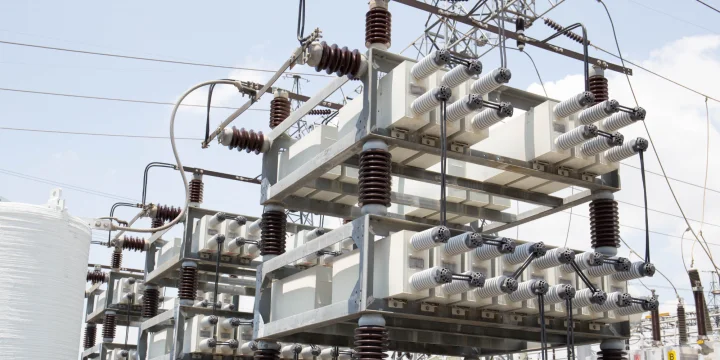
Energy Storage Capital Expense Optimization
Challenge
Each substation in a transmission and distribution (T&D) system has multiple transformers feeding distribution circuits. Each of these substations has a set capacity, and utilities must report capacity overages to regulators. Generally, the sum of all substation transformer ratings defines a substation’s capacity. In this case, a utility could monitor the sum of MVA load for all transformers to total MVA normal and 24-hour emergency ratings.
In order to avoid capacity overages, T&D operators install batteries. Batteries are expensive, so T&D operators must decide carefully what locations make the most sense. Considerations include:
- Capability of existing transformers to serve present peak loads
- Capability of existing transformers to pick up full load of station when other transformer fails
- Asset health
- Outage impact
- Forecasted demand
- Cost and pricing of battery installation
Solution
Seeq is used to monitor a signal against thresholds and investigate what would have happened if one transformer had failed during a certain time period. These same analytics are also applied across a field of substations using asset swapping.
Results
Implementing Seeq advanced analytics reduced Capital expenditures by prioritizing battery installation based on actual equipment condition and risk of overload. It also improved system reliability to avoid $10s of millions in unplanned downtime and capital expenditures for premature replacement.
Seeq’s advanced analytics enable the aggregation of data from multiple data sources, investigation of “what-if” scenarios, and rapid iteration across assets.
Installing batteries at a substation improves grid reliability and the ability to meet demand anytime. Specific benefits include:
- Solar smoothing: smooth short-term changes in voltage due to intermittent generation
- Distribution deferral: non-wires alternatives to defer or eliminate the need for traditional utility upgrade
- Outage management: reduces the cost of deploying mobiles for contingency resources during substation construction
- Microgrids for critical facilities: allows critical facilities to operate independently of the electrical grid during extended grid outages
- Peak reduction: help resolve potential overloads, address power quality issues at host sites, reduce bills for public sector customers
- Energy cost: discharge batteries every day for one to four hours, reduction in the amount of energy to purchase and charge battery at night at a much lower cost
Data Sources
- Load data is stored in PI
- Capacity ratings are stored in a SQL database
Data Cleansing
- Use Low Pass Filter to create a smoothed version of the load
- Signals are cleansed to remove outliers, downtime and abnormal operating data before establishing monitoring boundaries and models
Calculations and Conditions
- Periodic condition
- Formula (splice)
- Deviation search
- Low Pass Filter
- Signal from Condition
- Scorecard
- Asset swap
Reporting and Collaboration
- Trends, Metric tables, multivariate scatter plots, and Treemap visualizations are combined into an Organizer Topic for quick consumption of the analytics by stakeholders.